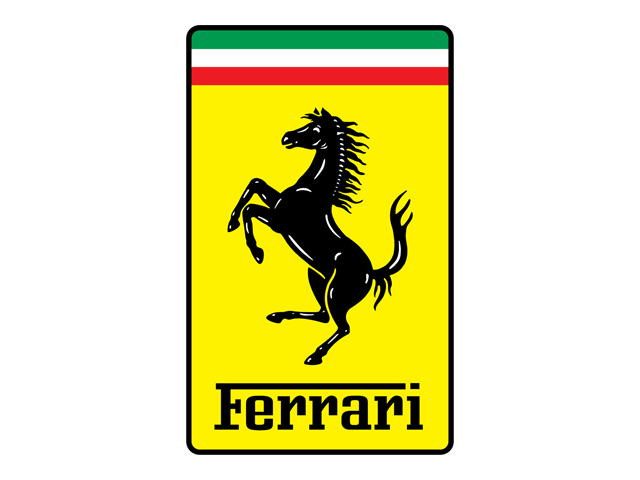1965 Ferrari 250 LM

The descriptions of the Classic Cars in the Directory were partly generated or supplemented with the help of artificial intelligence (AI). The content may occasionally not always be entirely accurate or factually correct despite careful checking.
The Ferrari 250 LM, launched in 1965, was a significant milestone in the world of sports cars. It was created to compete in the GT class of international endurance racing, with a production run limited to only 32 models. While it did not achieve the dominating success of the 250 GTO or the legendary fame of the Daytona, the 250 LM still proved to be an incredible sports car with its powerful engine, aerodynamic body, and advanced engineering.
At the heart of the 250 LM lies a 3.3-liter V12 engine, based on the block from the 250 P prototype, delivering an impressive 320 horsepower at 7,500 rpm. The engine featured dual overhead camshafts, six Weber carburetors, and dry-sump oil lubrication with an external oil tank. The V12 was paired with a five-speed manual gearbox, which utilized a clutch system called a “dogleg” gearbox featuring unsynchronized first gear.
The body design of the 250 LM was a result of Ferrari’s collaboration with Scaglietti, and it borrowed many elements from the 250 P, which was quite successful in endurance racing. The body was designed as a coupe with a profile that was sleek and aerodynamic, featuring a low roofline, sloping rear end, and curvy wheel arches. It had a lightweight alloy chassis, with independent suspension in the front and rear, as well as disc brakes all around. The suspension system was considered top-notch at that time.
Other technical features of the 250 LM included a magnesium alloy gearbox casing, an aluminum fuel tank, a skid plate to prevent damage to the underbody, and a fire extinguisher system. To help with cooling, the 250 LM utilized a roof-mounted air intake system that ducted fresh air to the carburetors. The rear spoiler was adjustable and could be tilted to increase downforce when necessary. The car also had a quick-release fuel filler on the trunk lid, a feature that debuted on the Ferrari 250 Testa Rossa.
With its unique combination of power, handling, and advanced engineering, the Ferrari 250 LM quickly became a fan favorite among enthusiasts during the 1960s. The car performed well on the racetrack, winning races at Le Mans, Sebring, and the Nurburgring. Its aerodynamic design and advanced engineering set a new standard in the world of sports cars, and its place in automotive history as one of the most influential cars of the 20th century is still celebrated today.
Milestones
- 1963: Development of Ferrari 250 LM starts - 1964: Ferrari 250 LM makes racing debut at 24 Hours of Le Mans, driven by Graham Hill and Joakim Bonnier - 1965: Ferrari 250 LM wins 12 Hours of Sebring, driven by Jochen Rindt and Masten Gregory - 1965: Ferrari 250 LM wins 1000km Nürburgring, driven by Jochen Rindt and Masten Gregory, setting a lap record - 1965: Ferrari 250 LM wins 24 Hours of Le Mans, driven by Jochen Rindt and Masten Gregory, becoming the last Ferrari to win the race outright with a front-engine layout - 1967: Ferrari 250 LM production ceases after only 32 units are producedTechnical
- Year of manufacturing: 1965 - Body style: Coupe - Engine Type: 3.3L (3286 cc) DOHC V12 engine - Power output: 313 kW (340 hp) at 7,500 rpm - Transmission: 5-speed manual - Suspension: Independent double wishbone, coil springs - Brakes: Girling disc brakes - Weight: 880 kg (1,940 lb) - Top Speed: 280 km/h (174 mph) - Acceleration: 0-100 km/h (0-62 mph) in 6 secondsCLASSIC CAR MATCHER
